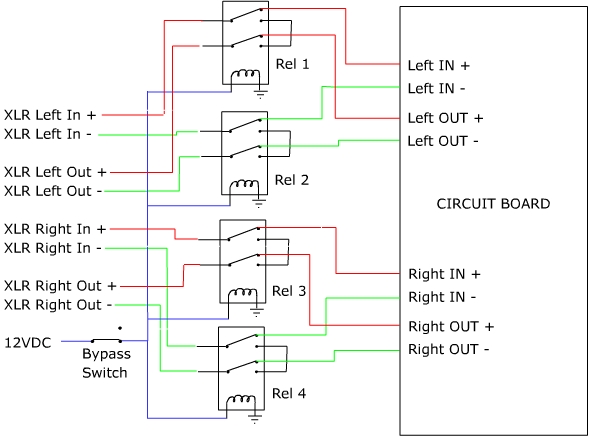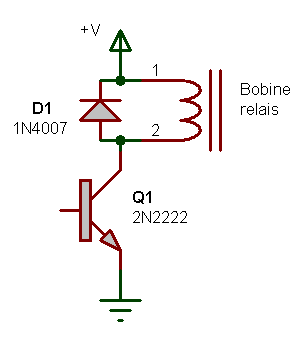ricothetroll
Well-known member
Hi !
I just drawn that schematic :

That's in order to have a true bypass on my GSSL, controlled by a single switch. The idea of relays is that it's quite impossible to find 8PDT hardwire switch.
I found that relay that migt work for it :
http://be.mouser.com/ProductDetail/Tyco-Electronics/D3002/?qs=HTr%252boA4jRiklpi5eOqZK2A%3d%3d
As it's the first time a draw a schematic with relays, I'd like to have some opinions on the design, and also, feel free to comment about the main idea of it !
Thanx in advance !
Eric
I just drawn that schematic :

That's in order to have a true bypass on my GSSL, controlled by a single switch. The idea of relays is that it's quite impossible to find 8PDT hardwire switch.
I found that relay that migt work for it :
http://be.mouser.com/ProductDetail/Tyco-Electronics/D3002/?qs=HTr%252boA4jRiklpi5eOqZK2A%3d%3d
As it's the first time a draw a schematic with relays, I'd like to have some opinions on the design, and also, feel free to comment about the main idea of it !
Thanx in advance !
Eric




